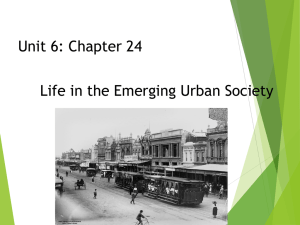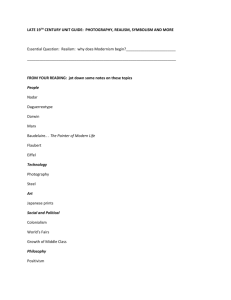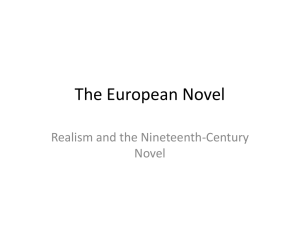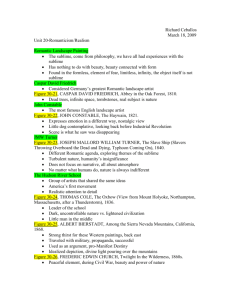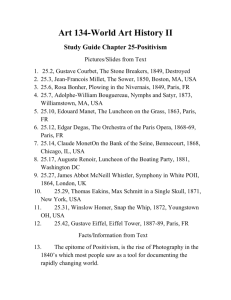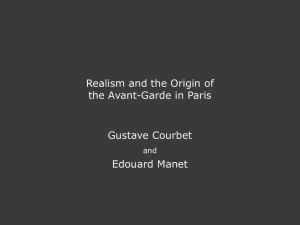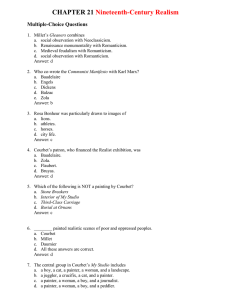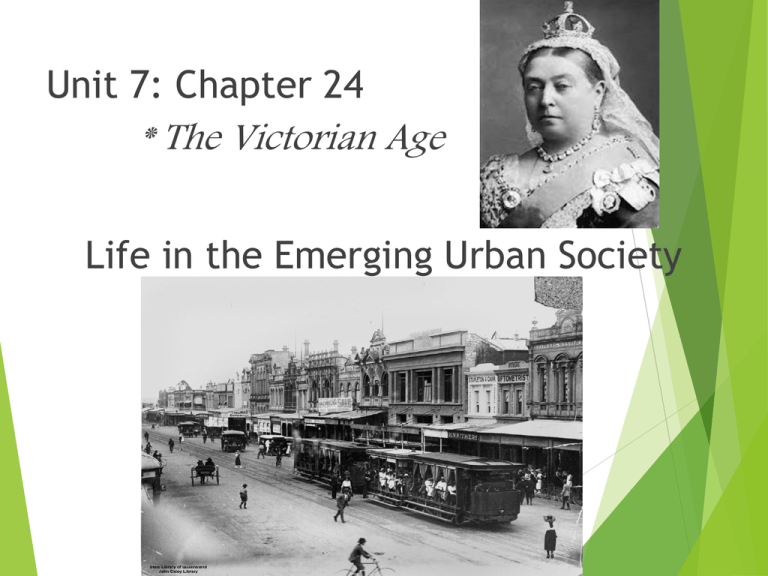
Unit 7: Chapter 24
* The Victorian Age
Life in the Emerging Urban Society
I. Urbanization
A. By 1900 Europe had become urban
and industrial
1. Great Britain was the first to
become a modern industrial
society
2. problems of mass urbanization
a. magnified poor conditions
1) high death rate due to
poor sanitation & crowding
European Cities of 100,000 or More, 1800 and 1900
Dudley Street, Seven Dials, London, By Gustave Doré
B. Public Health Movement
1. miasmatic theory – disease spread by odor
2. Edwin Chadwick (health reformer &
Benthamite)
a. “sanitary idea” – poverty was caused
by death from disease
1) Cholera
Dung heaps among living quarters
C. Bacterial Revolution
1. Disease was spread through filth
NOT caused by it
2. Germ Theory – specific diseases were
caused by specific living organisms
a. Louis Pasteur
1) pasteurization
b. Robert Koch – described lifecycles
of harmful bacteria
c. Joseph Lister: antiseptic principle
1) sterilization in hospitals
II. Urban planning and public transportation
A. Workhouse movement - “Poorhouses”
EDWIN
CHADWICK:
Poor Law
reformer. He
believed that
existing relief,
being too
generous,
encouraged
idleness and
larger
families.
B. Rebuilding Paris
Opera House and surrounding area of Haussmann's Paris
1. Napoleon III
a. sought to promote the welfare of all his
subjects through government action
1) rebuilding Paris would provide employment,
improve living conditions, and testify to the
glory of France
b. Georges Haussmann – planner
1) Destroyed slums – replaced w/better housing &
open spaces (parks)
2) built wide, straight, tree lined avenues =
to prevent the building of barricades
3) improved sewage system & fresh water aqueducts
4) public transportation = street cars & railroads
Antoine Blanchard,
Along the Boulevard, Paris (Boulevard Haussmann)
Champs de lise
III. Social Structure
A. Increase in standard of living
1. Middle Class: had servants, educated, strict
code of behavior, committed to hard work.
a. Upper middle class – merged with
old aristocracy
b. Middle middle class – professionals
(engineers, doctors, etc.)
c. Lower middle class – white collar employees,
small shop owners
2. Impact of industrialization
a. expanded and diversified middle class
3. culture: traditional Christian morality & selfdiscipline (The Victorian Era)
B. Working Classes
1. 80% of population in 1900
2. Less homogenous and unified
than middle classes
3. Highly skilled workers: Labor Aristocracy
4. Semi-skilled workers
domestic service
5. Unskilled workers
& sweated industries
6. Lifestyle: drinking, spectator sports, music hall,
gambling
7. Decline in church attendance due to:
lack of faith, growth of secularism, lack of churches
in cities
a. Church associated with the upper classes
IV. The Changing Family
A. Marriage
1. working class: romantic sentiment
2. middle class: economic considerations
B. Illegitimacy explosion (1750-1850)– declined
in later 19th century
C. Sexual division: men & women worked in
separate spheres
D. Child Rearing
1. closer bond b/w parent and child
2. strict upbringing of middle class children
3. working-class children worked & were more
independent
E. Sigmund Freud: human behavior is motivated by
unconscious emotional needs
F. Gustave Droz: Mr.,Mrs.,and Baby - family manual
V. Science and Intellectual Achievements
A. Physical science
1. Industrial technology
2. Thermodynamics
3. Chemistry: Dmitri Mendeleev
a. periodic table
b. organic chemistry
4. Electromagnetism: Michael Faraday
5. Geology: Charles Lyell – uniformitarianism
7. Biology: Charles Darwin: On the
Origin of Species by the Means of
Natural Selection
* Evolution
B. Social Science
1. August Comte (1798-1857)
• positivism
– the discovery of the eternal
laws of human behavior
•
Sociology – science applied to society
2. Social Darwinism: Herbert
Spencer
“Survival
Perverted
of the fittest”
Charles Darwin’s theory of
evolution applying it to the human
race
VI. Realism: 1850
A. Literature
1. Depict life as it really was
2. Determinism
3. Rejected Romanticism
4. Movement began in France
a. Honoré de Balzac – The Human Comedy
b. Gustave Flaubert – Madame Bovary
c. Émile Zola - Germinal
5. England: George Eliot(Mary Ann Evans)
6. Russia: Leo Tolstoy – War & Peace
7. Scandinavia: Henrik Ibsen
The Meeting or "Bonjour, Monsieur Courbet“,
1854 painting by Gustave Courbet
Gustave Courbet, The Stonebreakers, 1849
Gustave Courbet, The Grain Sifters, 1855
Honore Daumier, The Third-Class Carriage, 1862
Honore Daumier, The
Burden (A Laundress),
1862
Eduard Degas, Laundry Girls
Ironing, c. 1884

